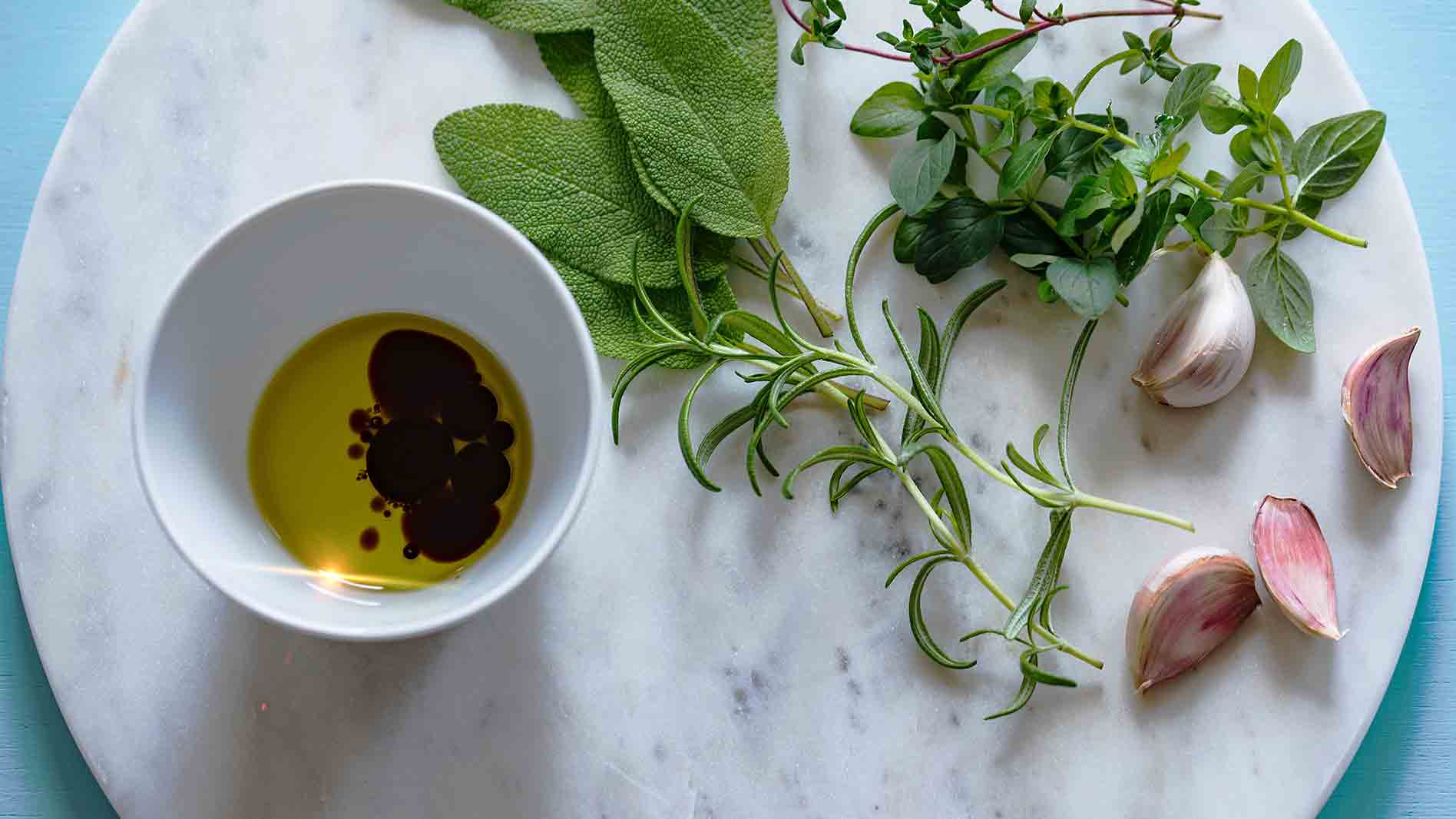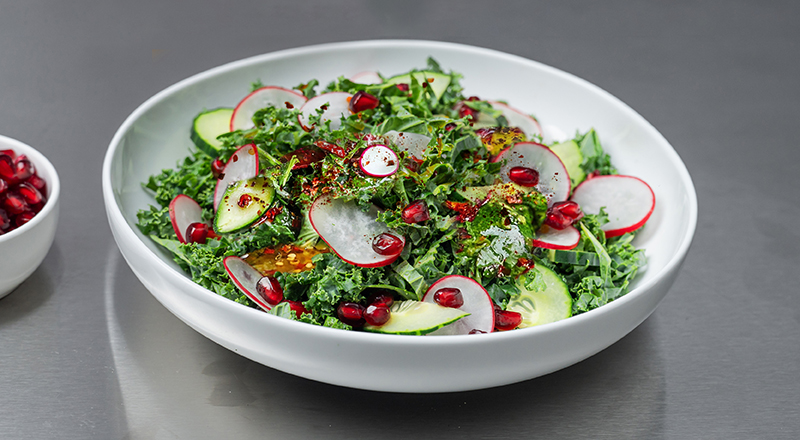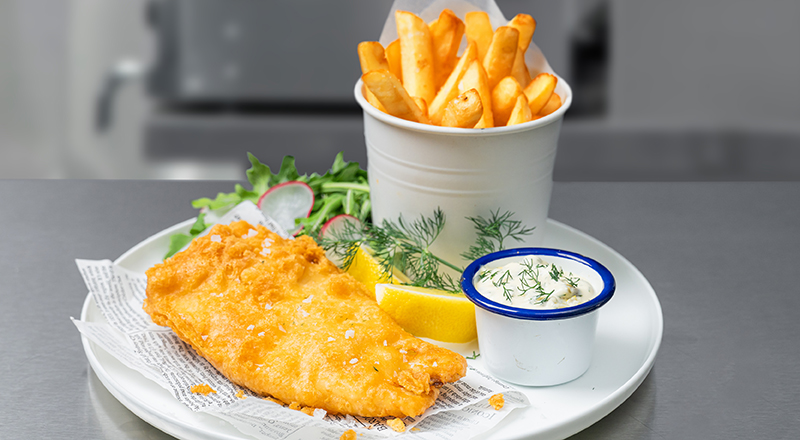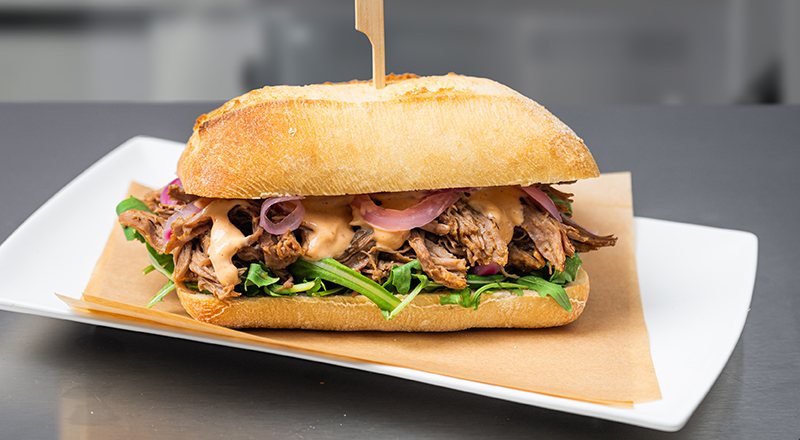Be inspired with recipes created by chefs.
Sign up for updates about products, special offers, news and promotional materials from Goodman Fielder.

Summary
It is a core kitchen ingredient that is used on a daily basis, but all of the different oil variations have left some confusion as to what the difference between them is and what they are correctly used for. From canola oil, vegetable oil, cottonseed oil and sunflower oil, each is independently made and have their own uses in the food service industry. From deep-frying to dressing salads, we explore the right oil for you.
Vegetable oil is derived from pressing oil from the seeds of the plant such as grape seeds, soybeans or sunflower seeds. Vegetable oils are essential for growth and development throughout all life stages. They give our body energy to work and exercise, as well as providing us with essential vitamins. Vegetable oil is commonly used in the kitchen for shallow frying as well as salad dressings and sauces – making it a good general-purpose oil.
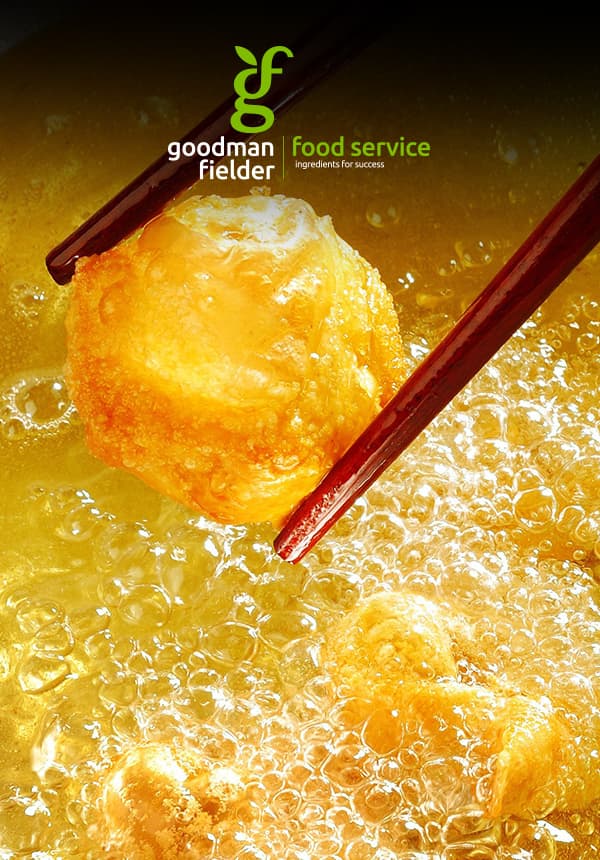
Want to know everything about your vegetable oil?
Download your own Vegetable Oil Guide today!
Other oils such as canola oil, cottonseed oil, and sunflower oils are also derived from the pressing of plant seeds. Canola oil comes from the canola plant and is high in monounsaturated fat – these fats are commonly referred to as good fats. It also has significant levels of long-chain Omega 3 and is generally not recommended for high-temperature frying or deep-frying.
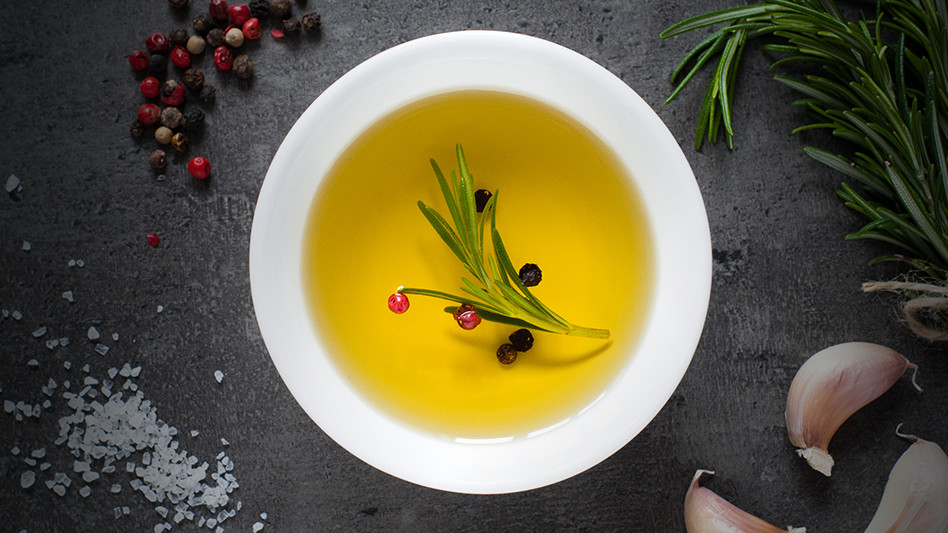
More recently, a new canola plant, which is lower in linolenic acid and Omega 3 became available to the Australian food service market. The new oil can be used for deep-frying and high-temperature applications. As a result, this canola oil (known as high oleic canola oil) can be used in a variety of ways, including; salad dressings, shallow-frying, bread making and deep-frying of frozen seafood, potato chips, and other savoury snacks.
Then there is cottonseed oil, which is also a type of vegetable oil as it is produced from the seeds of cotton plants. Cottonseed oil is high in saturated fat, and high in Omega 6 polyunsaturated fats, with no Omega 3 fatty acids. This makes it ideal for deep frying because it is stable at high temperatures. Cottonseed oil is commonly used within hospitality kitchens for deep frying because of its long fry life and good high heat stability.
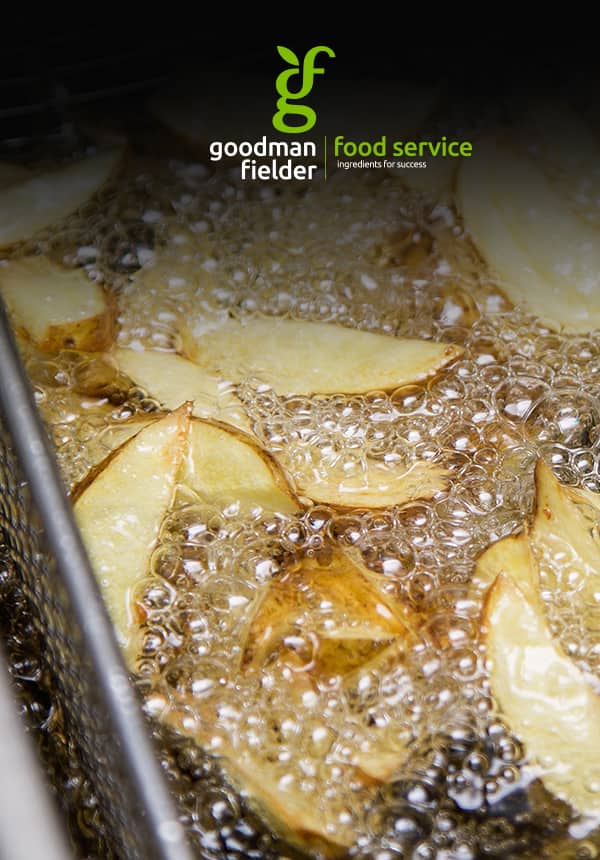
ARE YOU GETTING YOUR MONEY’S WORTH FROM YOUR OIL SUPPLY?
Download your free Guide To Using Oils today to ensure your oil is going the full distance.
Another type of vegetable oil is Sunflower oil. It is derived from the seeds of the sunflower – with the oil component making up 40% of the seed overall. While the oil is high in polyunsaturated fatty acids, which is a type of unsaturated fat that contains the essential fatty acid Omega 6, it also contains. Over time, a high oleic sunflower plant has become commercially available for the food service industry. Meaning, the oil is higher in monounsaturated fat and lower in polyunsaturated fat, which makes it more stable for deep-frying purposes.
Along with deep-frying of produce, a high oleic Sunflower oil – also known as sunola oil – is commonly used for frying on grills, creating mayonnaise and as a salad dressing. Sunola oil is a healthier oil compared to sunflower oil because it’s low in saturated fat content and high in monounsaturated level. It is excellent for deep frying because it has a good high heat stability and also has a longer frying life than other liquid oils on the market.
Your key to the facts:
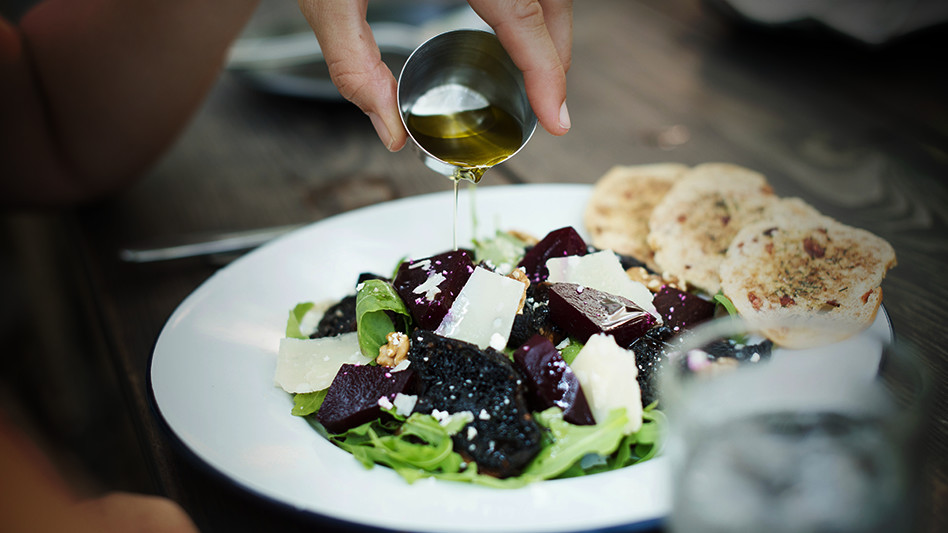
- Omega 3: is an essential fatty acid.
- Omega 6: is an essential fatty acid.
- Omega 9: is a monounsaturated non-essential fatty acid.
- Monounsaturated fat: is a type of unsaturated fat that is commonly referred to as a good fat and predominantly made up of Omega 9 fatty acid.
- Polyunsaturated fat: is a type of unsaturated fat and predominantly made up of Omega 3 and Omega 6 essential fatty acids.
- Saturated fat: is a bad fat that is mainly stored as body fat rather than used for energy.
- Vitamin E: is a fat-soluble nutrient found in many foods, which acts as an antioxidant.
Have you seen our oils infographic? Download it now:
Related Ideas
Kale, Cucumber & Pomegranate Salad with Chilli Oil Dressing
Brighten your menu with a kale, cucumber, and pomegranate salad topped with a chilli oil dressing. Featuring in-season produce, this salad is fresh, vibrant and cost-effective. Add a house-made chilli dressing using Solero Canola Oil for a bold, flavourful finish that complements the natural sweetness of the ingredients. Perfect as a stand-alone dish or a versatile side for autumn menus.
Beer Battered Fish & Chips with Tartare Sauce
Delight your customers with classic beer-battered fish and chips paired with house-made tartare sauce. As a premium alternative, try Oli & Vine Aioli. To achieve the crispiest batter, use ice-cold beer. The shock of cold hitting the hot Crisco Canola Oil you are frying in creates a light, crunchy texture that stays crispy for longer. Opt for coated chips to ensure maximum crunch and hold.
Slow Roasted Lamb Roll
Elevate your menu with slow-cooked lamb rolls that are both delicious and efficient. Using pre-cooked pulled lamb is a time-saving option that reduces labour while maintaining rich flavour. To elevate the QBA ciabatta roll, brush it with a touch of Crisco Canola Oil before par-baking, ensuring a glossy, golden finish that adds to the roll's appeal. Combine harissa paste with Oli & Vine Whole Egg Mayonnaise to create a tangy harissa mayo that complements the richness of the lamb perfectly.
